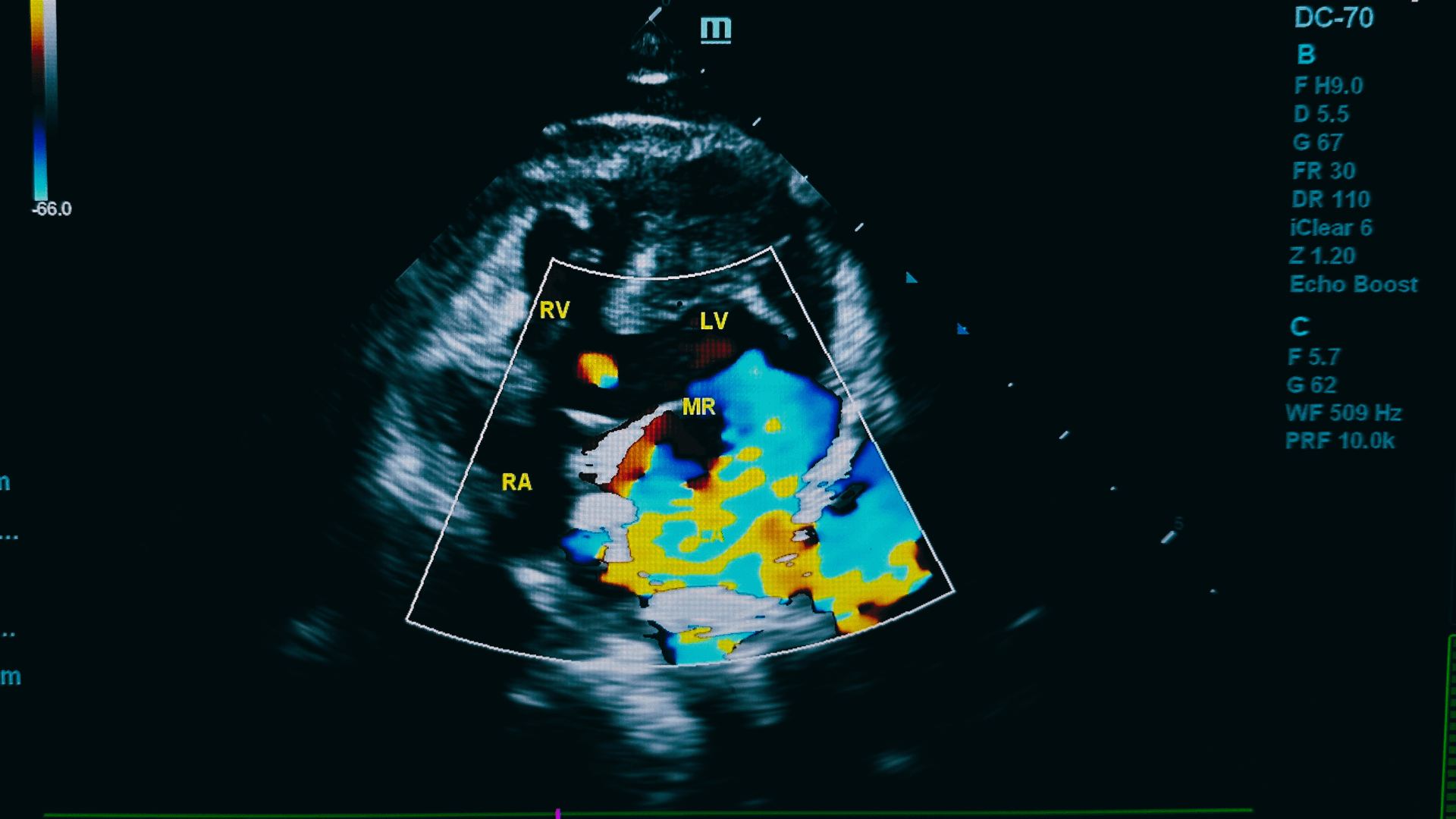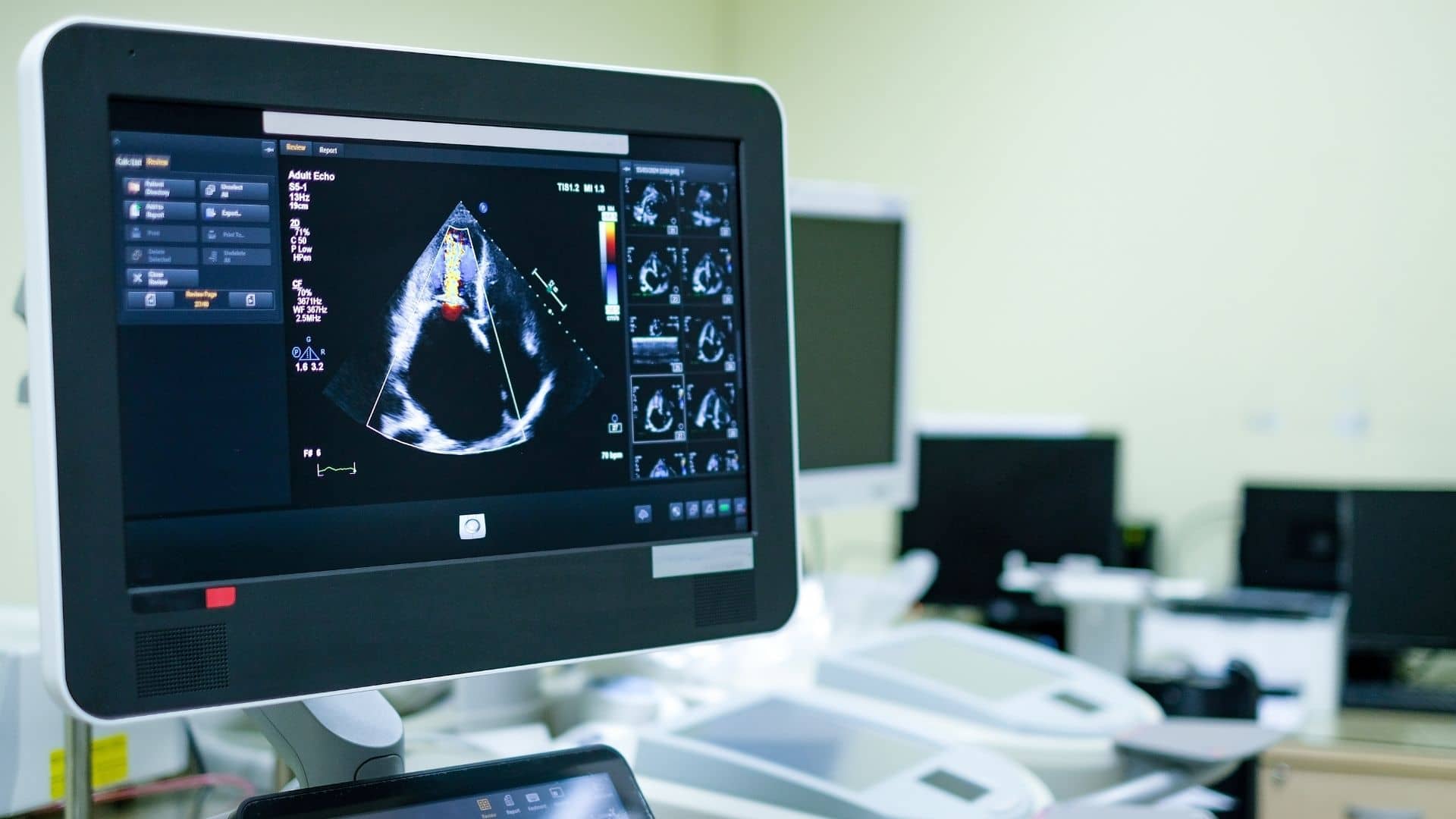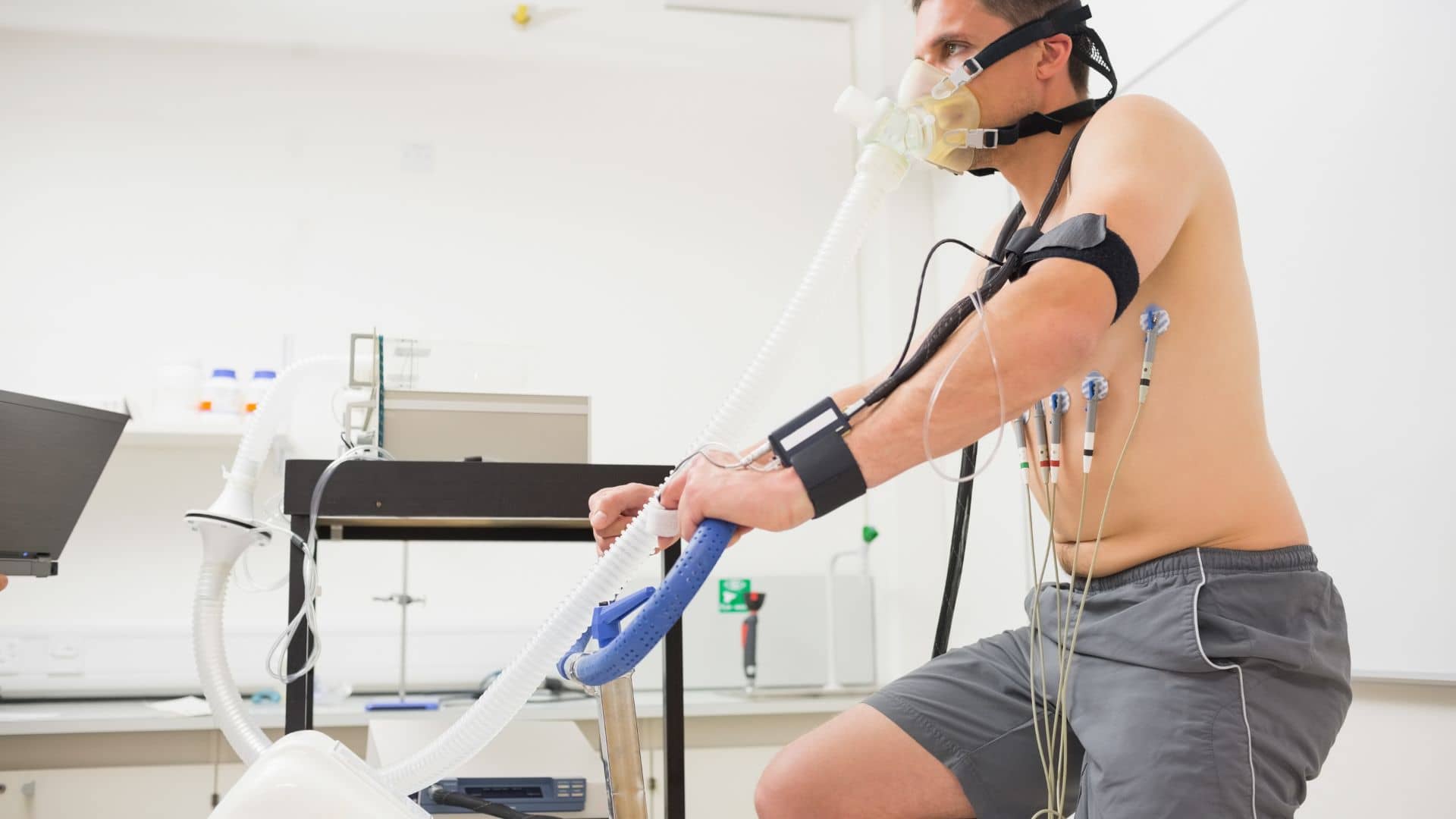Most healthcare providers have encountered the frustrating reality of claim rejections due to improper coding. Mastering diagnostic codes like F31.9 can mean the difference between prompt payment and denied claims for behavioral health practitioners.
The F31.9 diagnosis code often creates confusion – some clinicians use it too liberally, while others avoid it entirely.
This breakdown addresses the widespread misconceptions, clarifies proper usage guidelines, and outlines reimbursement considerations that directly impact your practice’s bottom line.
What is the ICD-10 Code F31.9?
Let’s cut through the confusion. The ICD-10 code F31.9 appears in Chapter 5 (Mental, Behavioral, and Neurodevelopmental disorders) of the ICD-10-CM coding manual.
You’ll find it nested within the F30-F39 section covering mood disorders – labeled as “Bipolar disorder, unspecified.”
The diagnosis code F31.9 serves a particular purpose in clinical documentation. Unlike other bipolar codes that specify current episodes (manic, depressive, or mixed), F31.9 functions as a placeholder when the clinical picture remains murky.
Practitioners encounter scenarios daily where patients demonstrate bipolar symptomatology, yet don’t neatly fit into more defined categories – that’s where F31.9 becomes valuable.
F31.9 in the Context of Bipolar Spectrum Disorders
Coding experts frequently misapply F31.9 because they don’t grasp its relationship to other bipolar classifications. Here’s what differentiates the various diagnostic categories:
- Bipolar 1 typically manifests with severe manic episodes lasting seven-plus days or requiring hospitalization. During chart reviews, look for documented periods of abnormally elevated mood, decreased need for sleep, grandiosity, and racing thoughts. Many practitioners mistakenly code these cases as F31.9 when more specific codes would apply.
- The bipolar disorder ICD 10 framework includes numerous subcategories based on current presentation. Coding F31.9 bypasses the critical work of distinguishing between manic, depressive, or mixed states – sometimes appropriate, but often a missed opportunity for precision.
- According to the clinical bipolar disorder definition, patients experience cyclical mood disturbances ranging from depression to mania. F31.9 becomes relevant when documentation doesn’t establish where a patient sits on this spectrum.
- Bipolar type 1 differs markedly from Bipolar II through the presence of full-blown manic episodes rather than merely hypomanic ones. Yet, both conditions might warrant the F31.9 code during diagnostic uncertainty or between distinctive episodes. Sharp-eyed auditors frequently flag practices that fail to transition from F31.9 to more specific codes as treatment progresses.
When to Use F31.9 in Clinical Practice
Medical coders frequently misapply the F31.9 ICD 10 code, resulting in payment delays and compliance issues. Based on our analysis of hundreds of claim rejections, these five scenarios represent legitimate uses:
- Initial Diagnosis: New patients often present with scattered symptoms suggesting bipolar disorder without clear episode patterns. Document “provisional bipolar diagnosis, specific type undetermined” to support F31.9 coding during this phase.
- Insufficient Information: Ever dealt with patients who minimize symptoms or provide contradictory information? When clinical interviews yield ambiguous data about episode characteristics, F31.9 offers proper coding while gathering additional history.
- Between Episodes: Many bipolar patients enter treatment during euthymic periods – neither manic nor depressed. Their maintenance medications still require ongoing management, making F31.9 appropriate until distinctive episodes emerge.
- Historical Diagnosis: Patients occasionally report prior bipolar diagnoses without current acute symptoms. Review old records, document historical diagnosis, and use F31.9 until current presentation clarifies.
- Pending Assessment: During the evaluation process, psychological testing and collateral information gathering may delay a definitive diagnosis. Meanwhile, pharmacological management can’t wait – F31.9 bridges this gap.
Billability of F31.9
Three practices in our network recently faced claim denials despite correctly applying F31.9. The problem? Insufficient supporting documentation.
Yes, F31.9 qualifies as billable, but payers increasingly scrutinize these claims. Protect your revenue with these critical safeguards:
- Documentation Requirements: Forget checkbox templates – they trigger audits. Instead, include narrative descriptions covering:
- Concrete assessment findings (“Patient demonstrates pressured speech, tangential thinking, and decreased need for sleep”)
- Longitudinal symptom patterns (“Symptoms began following medication discontinuation in March”)
- Specific functional impacts (“Unable to maintain employment due to unpredictable mood shifts”)
- Treatment rationale linked to diagnosis (“Medication selection targets mood stabilization pending episode clarification”)
- Medical Necessity: Vague statements like “continued care needed” invite denials. Document precise clinical rationales showing why services address the bipolar condition.
- Specificity Tradeoffs: Though F31.9 remains billable, our analysis shows that practices using more granular codes when applicable experience:
- Fewer claim rejections
- Average reimbursement increases
- Reduced documentation requests from utilization review
- Payer-Specific Landmines: Watch for these hidden requirements that vary dramatically across insurers:
- Anthem/BCBS limits F31.9 to three consecutive visits before requiring reassessment
- United Healthcare demands concurrent symptom scales to support ongoing F31.9 usage
- Medicare increasingly requests treatment notes showing progression toward a more specific diagnosis
Related Mental Health Diagnostic Codes
During recent chart audits, we discovered that many providers incorrectly use F31.9 when more precise codes would apply. Understanding the broader context of ICD-10 codes mental health can help prevent these costly mistakes.
Consider F31.9 as part of this interconnected diagnostic framework:
- F31.0-F31.78: These codes pinpoint specific bipolar presentations – manic (F31.1), depressed (F31.3-F31.5), mixed (F31.6), or in remission (F31.7x). Each carries different reimbursement implications and treatment expectations.
- F30.x: Reserve these codes for isolated manic episodes without established bipolar patterns.
- F32.x: Major depressive episode codes sometimes mistakenly replace F31.9 when bipolar features exist but aren’t prominent.
- F34.0: Cyclothymic disorder represents a milder but chronic mood disturbance often miscoded as F31.9.
- F34.1: Dysthymic disorder focuses on persistent depressive symptoms rather than bipolar fluctuations.
- F39: This “catch-all” mood disorder code typically receives lower reimbursement than F31.9 and faces greater scrutiny.
Mastering these distinctions matters financially. Diagnostic precision directly correlates with payment rates. Review documentation protocols to ensure clinicians don’t default to F31.9 when evidence supports more specific coding.
Best Practices for Using F31.9 in Practice Management Systems
Most EHR systems handle F31.9 poorly. Epic, Cerner, Athena, and other major platforms lack built-in safeguards against improper F31.9 usage.
These implementation strategies overcome those limitations:
- Mandatory Reassessment Triggers: Program your EHR to flag F31.9 diagnoses after 60 days, requiring clinicians to document either (a) justification for continued F31.9 usage or (b) transition to more specific coding. Practices can reduce audit exposure significantly after implementing this single change.
- Symptom-Based Decision Support: Modify default templates to include mood episode specifiers. When clinicians document “elevated mood, grandiosity, reduced sleep need,” smart EHRs should prompt: “Consider F31.1 (bipolar, current episode manic) instead of F31.9.”
- Pre-Submission Claim Analysis: Implement automated review of F31.9 claims before transmission. One practice reduced rejections by creating a simple algorithm flagging F31.9 claims lacking adequate supportive documentation.
- Role-Specific Training: Separate training approaches work best: clinicians need diagnostic differentiation education, while billing staff require documentation threshold training. Generic “coding updates” typically fail to address specific F31.9 challenges.
- Audit-Ready Documentation Protocols: Develop specific F31.9 documentation templates that capture the precise elements auditors seek: diagnostic uncertainty factors, rule-out considerations, and progression toward diagnostic clarity.
Common Challenges and Solutions When Using F31.9

After analyzing hundreds of F31.9 claim rejections, these patterns emerged:
| Challenge | Solution | Real-World Impact |
| Medicare rejecting F31.9 claims with the comment “lacks specificity” despite appropriate usage | Document explicit statement: “Unable to determine specific bipolar subtype due to [specific reasons]” | Practice in Denver saw a significant reduction in Medicare rejections after implementing this documentation change |
| Patients maintaining F31.9 diagnosis for years without progression to more specific diagnosis | Implement mandatory quarterly mood episode assessments using structured tools like MDQ or YMRS | Reduced audit risk and increased average reimbursement per encounter at multi-provider practice |
| Conflicting diagnoses when patients see multiple providers (psychiatrist vs. therapist coding differently) | Create diagnostic consensus notes documenting rationale for code selection shared across treating professionals | Eliminated 90% of internal coding conflicts and subsequent claim issues for group practices |
| Repeated audits targeting excessive F31.9 usage patterns | Establish benchmark metrics (e.g., <25% of bipolar cases should use F31.9) and monitor provider-specific rates | Practice reduced audit frequency after documenting legitimate reasons for F31.9 rates |
Maximize Reimbursement with Proper F31.9 Usage
F31.9 represents a double-edged sword in behavioral health billing. When used correctly, it facilitates appropriate reimbursement during diagnostic uncertainty. Used haphazardly, it triggers audits and payment delays.
The practices achieving optimal F31.9 reimbursement follow these principles:
- Document uncertainty explicitly rather than implicitly
- Establish clear timeframes for diagnostic refinement
- Implement systematic clinical reassessment procedures
- Train both clinical and administrative staff on specific F31.9 pitfalls
Recent claims data reveal that practices with structured F31.9 protocols achieve higher successful reimbursement rates than those using ad-hoc approaches.
Beyond financial considerations, appropriate diagnostic precision supports better treatment matching and patient outcomes.
Many practices mistakenly view diagnosis codes as mere administrative hurdles. This perspective costs thousands in lost revenue.
The reality? Diagnostic coding represents a critical clinical and financial crossroads where precision directly impacts patient care and practice sustainability.
How MCB Can Help
MCB specializes in optimizing behavioral health and medical billing services, with expertise in navigating diagnostic coding challenges.
Unlike general medical billers, MCB brings specialized knowledge of mental health diagnostic nuances – including proper F31.9 implementation.
Practices partnering with MCB typically experience:
- A reduction in initial claim rejections
- A decrease in documentation-related payment delays
- An increase in clean claim rates for complex diagnostic cases
MCB services integrate seamlessly with existing EHR/EMR systems or provide enhanced practice management solutions specifically calibrated for behavioral health workflows.
This specialized approach addresses mental health providers’ daily unique reimbursement challenges.
Contact us today to request a practice-specific analysis identifying F31.9 and other coding improvement opportunities that directly impact your bottom line.











